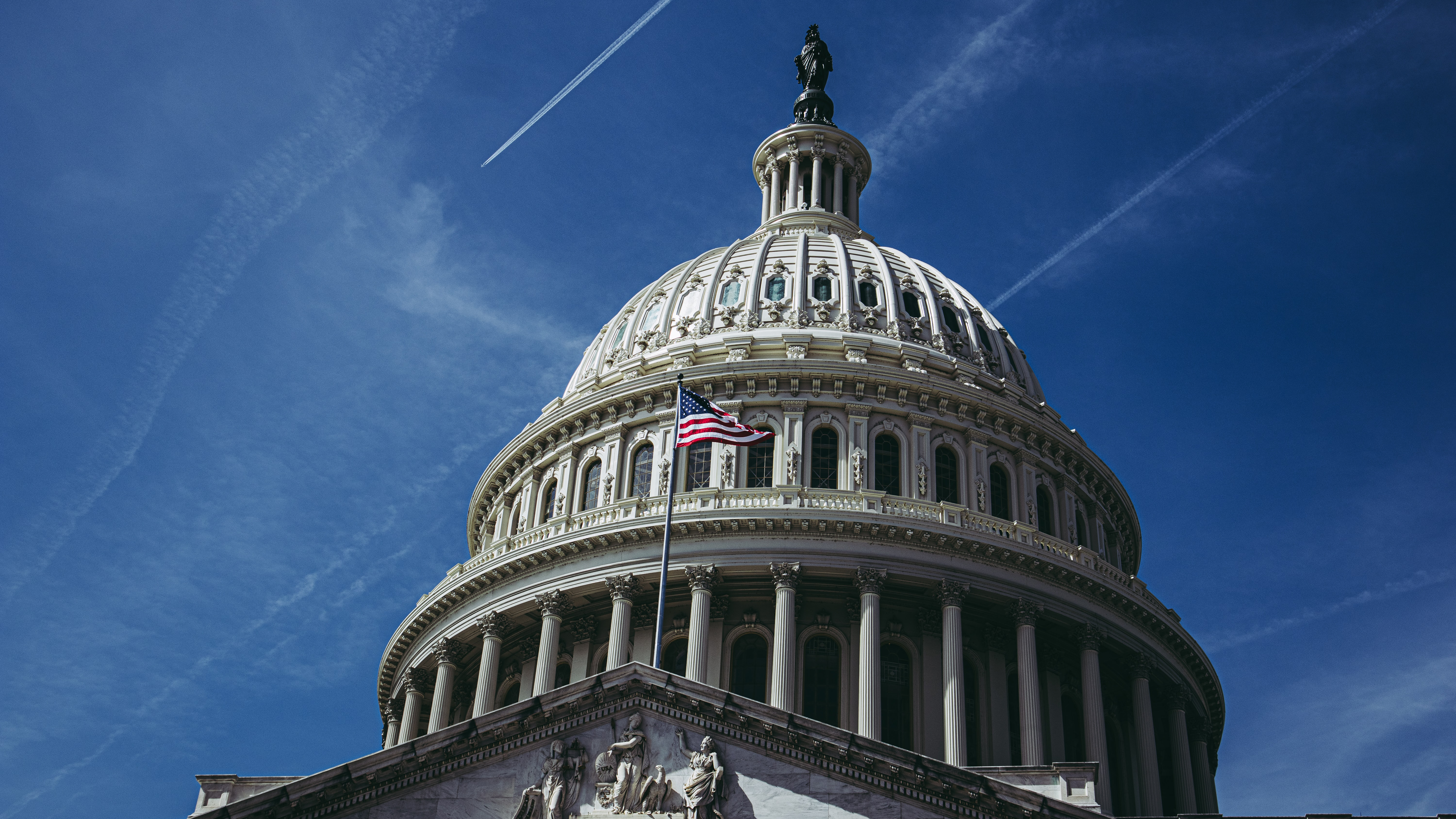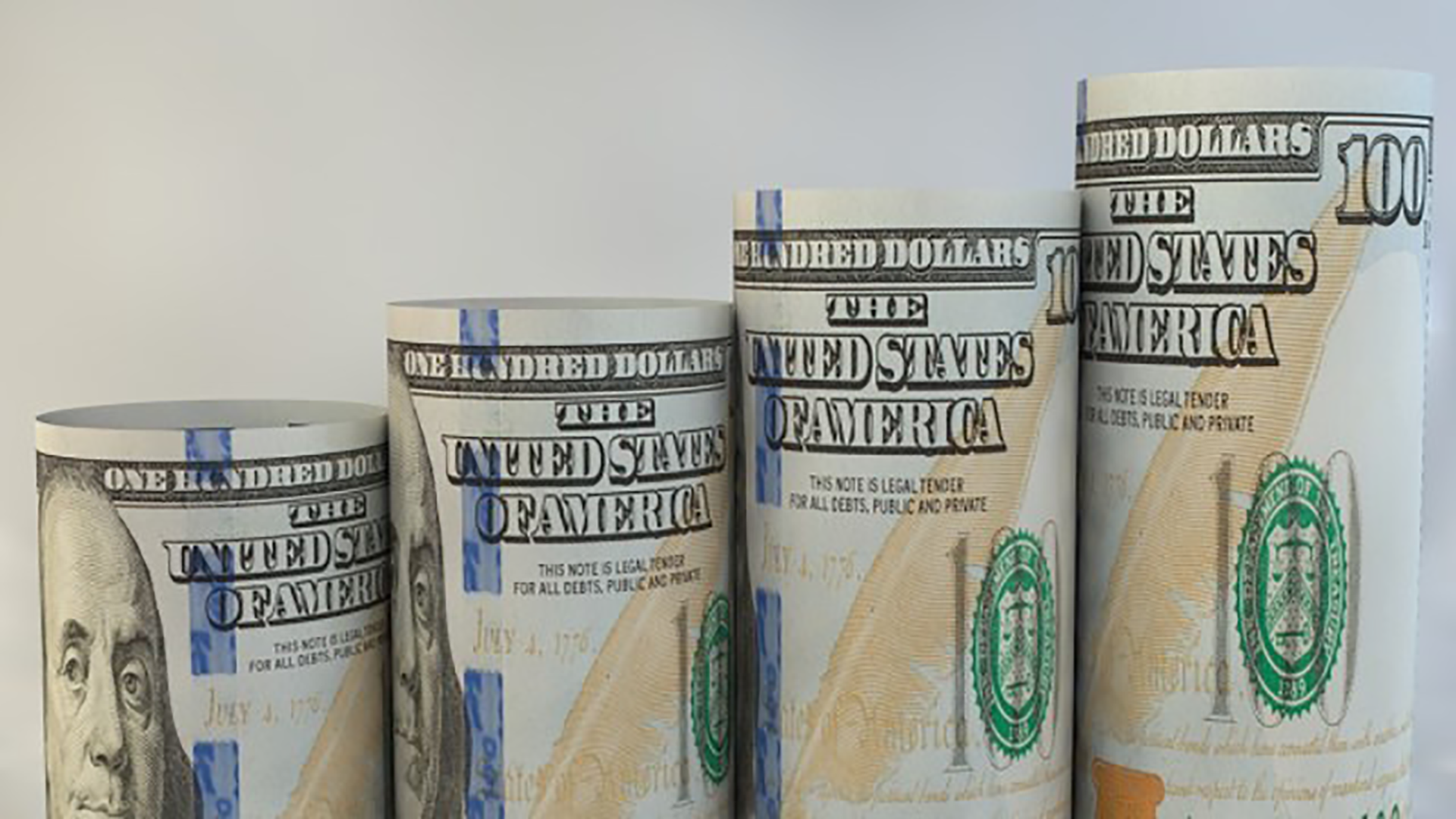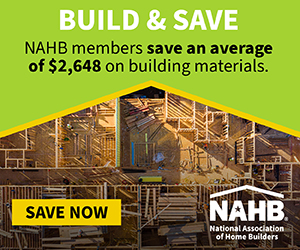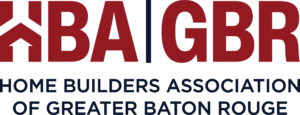Virtual meetings and events have become the new normal for our daily lives and work routines. As more business is conducted online, HBAs are getting creative with how they engage with members. From Zoom meetings to virtual happy hours and coffee chats, online gatherings are a powerful channel to keep communications flowing within HBA communities.
But hosting a virtual gathering does not have to be a daunting task. HBA leaders are diligently working to keep their members connected, and a few of them recently shared some of their tips for success.
Focus on What Matters

MSBIA members gather for a virtual event.
When brainstorming ideas for their virtual meeting schedule, Manatee-Sarasota Building Industry Association (MSBIA) Membership Director Desiree Hanright said her team zeroed in on what was most meaningful to members. They focused on holding routine meetings and began hosting town hall events with community leaders to keep members informed about the current climate and regulations in Florida.
Hanright said MSBIA always tries to mix in the fun, lighthearted events members were accustomed to prior to the COVID-19 pandemic. Quarantine Trivia Bingo & Networking mixers, Lego building contests and happy hours continue to be a huge hit with the MSBIA membership.
“Our members genuinely enjoyed the human interaction and asked for more,” said Hanright. MSBIA is planning on bringing back events that were initially cancelled and moving them online.
Adapt Your Content
Social-distancing requirements present myriad challenges to coordinating events. But despite those obstacles, the HBA of Bucks & Montgomery Counties (HBABMC) and the HBA of Chester and Delaware Counties partnered together to host their annual HBA Synergy Awards, celebrating the best of the best in Building & Design and Sales & Marketing. Only this year, the ceremony went digital.

The virtual HBA Synergy Awards ceremony had a variety of humorous moments.
Carla Zapotek, executive officer of the HBABMC, said the hour-long virtual celebration, which had almost 200 attendees, would not have been possible “without everyone’s positive and upbeat personalities.” Using a script and agenda to announce the winners, the evening included humorous member shout-outs in the form of “Breaking News” segments and spontaneous “cheers” breaks when attendees could sip their beverages.
“We heard nothing but good things from our members,” Zapotek said. “It was sad that we could not celebrate in person, but everyone was in great spirits, and we are keeping our minds open as to how we can build upon virtual events like these in the future.”
Make It Personal
Dianne Beaton, MSBIA member and vice chair of the NAHB Membership Committee, is an active participant in virtual events. Over time, Beaton said participation in meetings has increased as people start to get more comfortable.
 “Our virtual events are so cool because we can have different themes, see each other in our ‘office’ habitats and show our friends where we live and now work,” said Beaton. “Being creative and getting personal through social happy hours, breakfast meetups on Zoom and learning new technology are helping to keep our Federation connected and moving forward!”
“Our virtual events are so cool because we can have different themes, see each other in our ‘office’ habitats and show our friends where we live and now work,” said Beaton. “Being creative and getting personal through social happy hours, breakfast meetups on Zoom and learning new technology are helping to keep our Federation connected and moving forward!”
Associations across the country are proving that it’s still possible to successfully serve members, even if it can’t be in-person. Every day there are prime examples of our communities supporting each other, staying strong and pushing forward together.
If HBAs are reluctant to take their communities online, Hanright has some advice. “Do not be scared to think outside of the box and try something new,” she said. “This is an unprecedented time for our country, and our members, more than ever, are interested in trying almost everything.”
For more COVID-19 resources for HBAs, including membership letter templates, informative videos, and legal and safety resources, visit nahb.org.









 “Our virtual events are so cool because we can have different themes, see each other in our ‘office’ habitats and show our friends where we live and now work,” said Beaton. “Being creative and getting personal through social happy hours, breakfast meetups on Zoom and learning new technology are helping to keep our Federation connected and moving forward!”
“Our virtual events are so cool because we can have different themes, see each other in our ‘office’ habitats and show our friends where we live and now work,” said Beaton. “Being creative and getting personal through social happy hours, breakfast meetups on Zoom and learning new technology are helping to keep our Federation connected and moving forward!”









